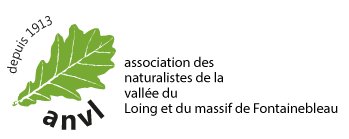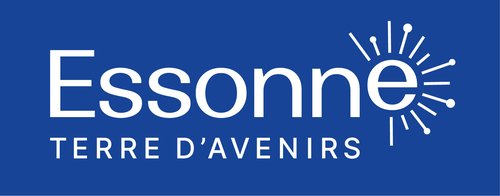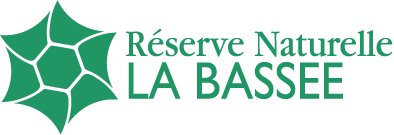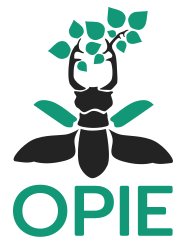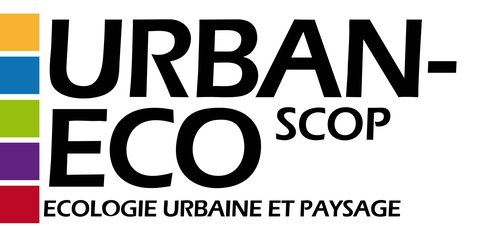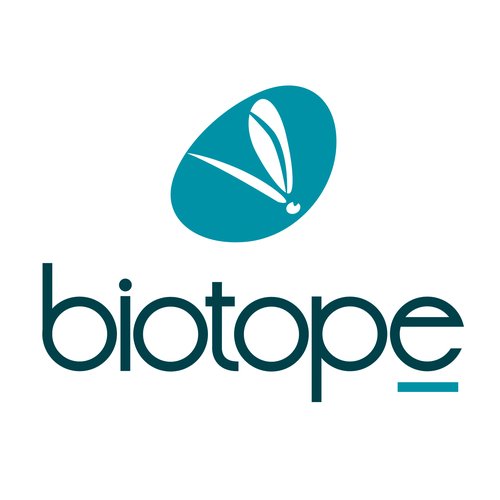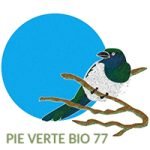-
563
observations -
104
communes -
106
observateurs
23
organismes -
Première observation
1927 -
Dernière observation
2025
-
ANVL (Association des Naturalistes de la Vallée du Loing et du massif de Fontainebleau)
Participation à 117 Observations
Part d'aide à la prospection : 20.78 %Fiche organisme
-
Seine-et-Marne Environnement
Participation à 35 Observations
Part d'aide à la prospection : 6.22 %Fiche organisme
-
Département 77
Participation à 20 Observations
Part d'aide à la prospection : 3.55 %Fiche organisme
-
ARB îdF (Agence régionale de la biodiversité en Île-de-France)
Participation à 11 Observations
Part d'aide à la prospection : 1.95 %Fiche organisme
-
Département 91
Participation à 10 Observations
Part d'aide à la prospection : 1.78 %Fiche organisme
-
Ecosphère
Participation à 8 Observations
Part d'aide à la prospection : 1.42 %Fiche organisme
-
AGRENABA - RNN de la Bassée
Participation à 8 Observations
Part d'aide à la prospection : 1.42 %Fiche organisme
-
NaturEssonne
Participation à 7 Observations
Part d'aide à la prospection : 1.24 %Fiche organisme
-
Hauts-de-Bièvre Habitat
Participation à 6 Observations
Part d'aide à la prospection : 1.07 %Fiche organisme
-
Opie (Office pour les insectes et leur environnement)
Participation à 6 Observations
Part d'aide à la prospection : 1.07 %Fiche organisme
-
Communauté d'Agglomération Melun Val de Seine (CAMVS)
Participation à 4 Observations
Part d'aide à la prospection : 0.71 %Fiche organisme
-
URBAN-ECO-SCOP
Participation à 4 Observations
Part d'aide à la prospection : 0.71 %Fiche organisme
-
Institut d'Écologie Appliquée (IEA 45)
Participation à 3 Observations
Part d'aide à la prospection : 0.53 %Fiche organisme
-
Biotope
Participation à 3 Observations
Part d'aide à la prospection : 0.53 %Fiche organisme
-
Association lepidoptériste de France
Participation à 3 Observations
Part d'aide à la prospection : 0.53 %Fiche organisme
-
CEN - Conservatoire d'espaces naturels d'Île-de-France
Participation à 3 Observations
Part d'aide à la prospection : 0.53 %Fiche organisme
-
Auddicé
Participation à 2 Observations
Part d'aide à la prospection : 0.36 %Fiche organisme
-
Île-de-France Nature (Anciennement AEV)
Participation à 2 Observations
Part d'aide à la prospection : 0.36 %Fiche organisme
-
Fédération de S&M Pêche et Protection du Milieu aquatique
Participation à 1 Observation
Part d'aide à la prospection : 0.18 %Fiche organisme
-
SFO - Société Française d'Odonatologie
Participation à 1 Observation
Part d'aide à la prospection : 0.18 %Fiche organisme
-
Pie Verte Bio 77
Participation à 1 Observation
Part d'aide à la prospection : 0.18 %Fiche organisme
-
Ville de Ville-Saint-Jacques
Participation à 1 Observation
Part d'aide à la prospection : 0.18 %Fiche organisme
-
ROSELIERE
Participation à 1 Observation
Part d'aide à la prospection : 0.18 %Fiche organisme
Informations espèce
Commentaires sur l'espèce
Cette espèce est actuellement considérée comme vulnérable dans la région. Elle bénéficie cependant d'apports issus des populations de Bourgogne.
Le mâle émet une phéromone qui inhibe le mécanisme de refus d'accouplement chez les femelles vierges et au contraire le provoque chez une femelle fécondée.
(Pour d'autres informations sur l'écologie et la biologie de l'espèce, consultez notamment le livre La Vie des Papillons - Lafranchis et al., 2015)
Ciblage des prospections
Identification difficile : peut nécessiter l'examen des pièces génitales.
Détermination du genre Plebejus par l'observation du revers des ailes postérieures (présence de série d'écailles brillantes bleues dans des taches noires). Discrimination délicate entre les 3 espèces via l'observation attentive des couleurs, disposition et taille des motifs sur le revers des ailes postérieures. Chez le mâle, absence d'épine à l'extrémité des tibias des pattes antérieures. L'examen des pièces génitales pourra faciliter la discrimination.
(Voir par exemple le guide de détermination des papillons diurnes - Lafranchis, 2014)
